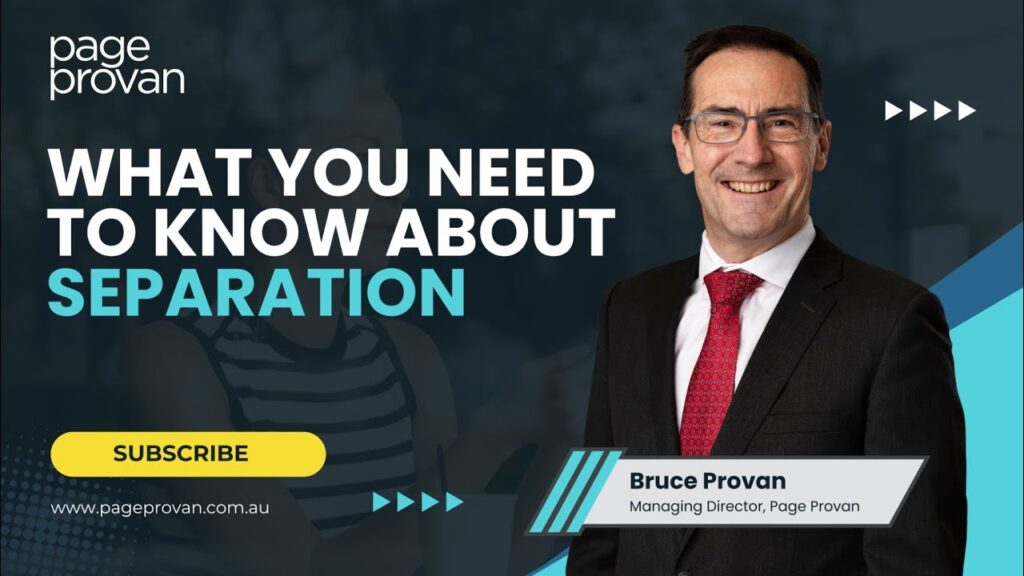Friday, June 14, 2019
The Australian is reporting that a Sydney woman has asked the Family Court
The couple have three children. The disputed embryos were created using a second woman’s eggs. The second woman wants to have another baby. However, the first woman has asked the court to order the destruction of the embryos as part of a wider dispute.
Significantly, the couple signed a form at an IVF clinic which stated that if they separated, the embryos would be discarded. However, the form apparently also stated that in the event of a dispute, the embryos would be retained, according to the second woman. It is likely that there will be a final hearing early next year. The second woman told The Australian it was “cruel” for a person to seek to destroy embryos not from their genetic material:
“It’s horrifying that someone would try to prevent someone else from having children that are not in any way related to them.”
The woman said she believed new clear legislation was needed to give people certainly about what could happen to their embryos. She said:
“I think if people believed that they wouldn’t have ultimate control over their genetic material then they might be more hesitant to go through the process.”
There have been three cases so far in Australia where this issue has arisen. The first was in 2007 in Western Australia when the Family Court there ordered the destruction of embryos, in part because the husband and wife had signed forms saying that in the event that they were to separate, the embryos were to succumb.
The second case was in about 2014 when following a lesbian couple separating, the woman who had created embryos with her eggs wanted to use the eggs in the future but that was opposed by her former partner. The Federal Circuit Court judge in an unreported case refused to deal with the matter, ruling that she did not have jurisdiction.
The third case was in 2017 in Western Australia in a case called Piccolo and Piccolo. A husband and wife had undertaken surrogacy in Canada using the husband’s sperm and eggs from a donor. A child had been conceived and born. Subsequently the husband wanted to have another child, either through surrogacy or with his new partner (a relative of the wife). The wife was opposed and wanted the embryos to succumb.
The form signed with the clinic in effect gave the discretion as to what was to happen with the embryos to the court to decide. Because the husband was the only recognised donor under Canadian law, and he wished to proceed, then he was allowed by the court to do so.
Things to Read, Watch & Listen












